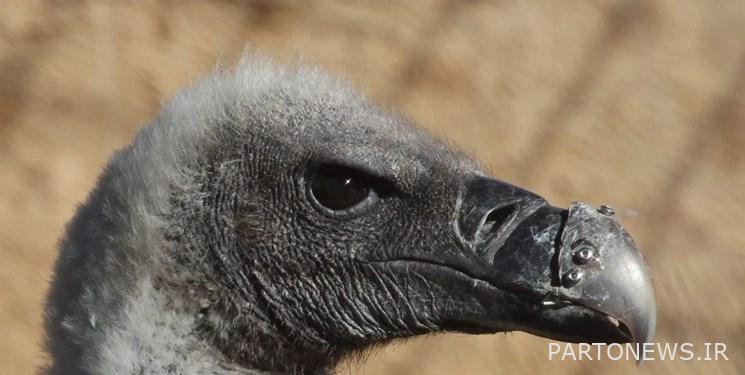Successful white-backed vulture beak transplant

According to the environmental reporter of Fars news agency, a white-backed vulture in the northwest of South Africa was seriously injured in an accident with a car and lost an eye and part of its beak. In nature, this event meant the end of life for the bird.
Cathy Koppel, a German veterinarian at the University of Pretoria in South Africa, decided to treat the bird.
Attempts to make an acrylic beak for the vulture were unsuccessful, and the bird’s beak would break while trying to eat. Dr. Koppel decided to perform the beak transplant using the beak of a dead vulture.
The medical team performed the procedure using the beak of a dead white-backed vulture that they kept in a freezer for research purposes. The operation took only thirty minutes, the new beak was attached to the rest of the previous beak with six special screws.
Beak transplant operation
After one month of operation, the bird lives and eats without any problems. Experts say that a new beak will grow in a few years, and after the beak grows, the prosthesis can be removed. The medical team decided not to return the vulture to the wild because with one eye it is unlikely to survive under natural conditions.
Gyps bengalensis (scientific name: Gyps bengalensis) is an endangered species from the family of falcons. This type of vulture lived in large numbers in South and Southeast Asia until the 1990s, so that one of the researchers described it in 1985 as saying “it may be the most populous large game bird in the world”, but since the mid-1990s, the population has rapidly declined. It began as its population declined from several million in the early 1990s to between 3,000 and 15,000 in the 2000s.
end of message/
You can edit this article
Suggest this article for the first page

